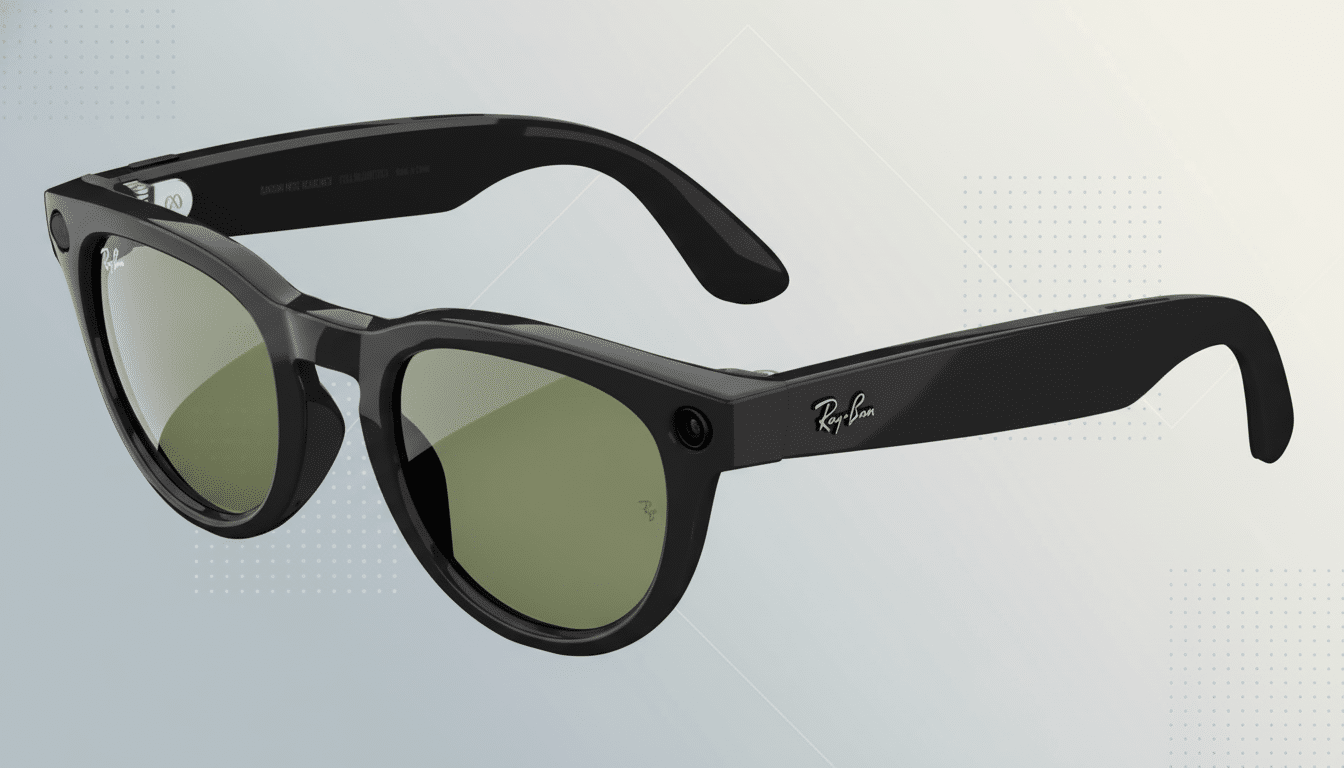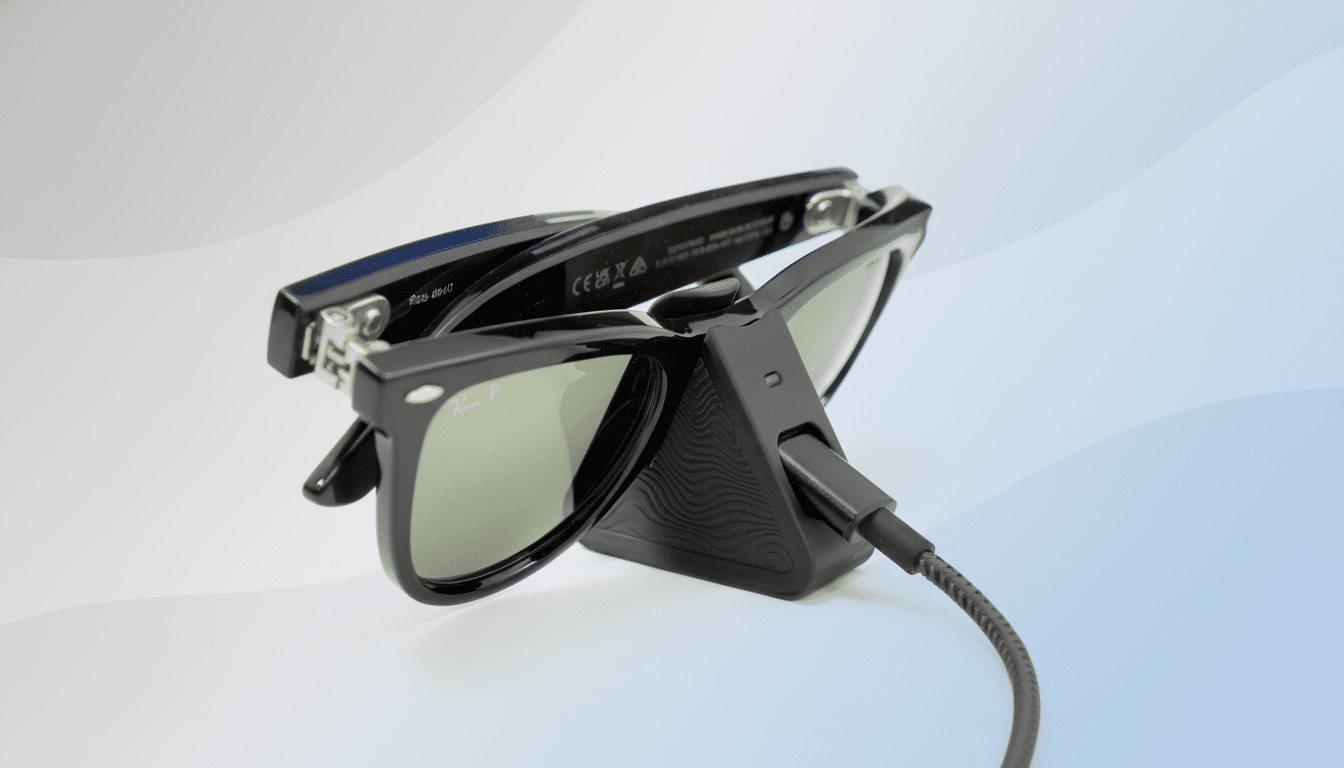For the last few weeks, I have been testing display-first smart glasses that rival Meta’s Ray-Ban Display. Two in particular stood out for offering more practical features for less money: Rokid’s new glasses and Xreal’s Air 2 Pro. Each one goes a different route, yet both beat Meta in significant ways or at least if you value utility, cost, day‑to‑day usability.
Why you should consider alternatives to Meta Ray-Ban Display
With Meta’s new glasses, there is no question that they are polished. They wear like actual eyewear, add a discreet microdisplay and are paired with a new wrist-worn Neural Band. But some of them are expensive, and availability can be hit-or-miss. If you’re not married to the camera-focused vision of Meta, there may be better buys out there that emphasize great translation, prompts, media viewing and second-screen productivity.
- Why you should consider alternatives to Meta Ray-Ban Display
- Rokid goes practical with translation and teleprompter
- Xreal Air 2 Pro nails the display experience
- Where Meta still leads on style, audio and discretion
- Price, value and the real costs of smart glasses today
- Which smart glasses make the most sense for your needs

Rokid goes practical with translation and teleprompter
Among the glasses I tried, Rokid impressed me most for sheer hands-on usefulness. The standout is live translation, with captions that float right in your field of view. In my travel testing, ordering food and riding transit were less hassle because I didn’t need to fumble with a phone app. The feature maintained context and eliminated back-and-forth to make conversations go faster.
The teleprompter mode is another sleeper hit. Having a non-distracting scrolling script for walk-and-talk videos or on-camera briefings polished verbal delivery without making eye contact seem like it was stolen. That’s the sort of “do one job well” feature that makes smart glasses seem less like a science demo and more like a tool.
There are trade-offs. There is a visible “waveguide,” and others around you, on occasion, can see the glow of the display being used. Audio is good, not great. And depending on configuration, you’ll either rely on a smartphone or a small compute puck, introducing another cable or pocket burden. But for every dollar, Rokid’s combination of translation, prompts and heads-up cues had offered more day-to-day value than Meta’s richer — if pricier — feature combo.
Persistent captions can be a game-changer for accessibility. Groups such as the National Institute on Deafness and Other Communication Disorders for years have included real-time captioning as a communication service of benefit. Those captions fixed to your field of view, as opposed to on a handheld screen, are a meaningful next step.
Xreal Air 2 Pro nails the display experience
If you’re after eye-popping visuals without all the camera baggage, Xreal’s Air 2 Pro undercuts Meta significantly yet delivers, in my tests, one of the most polished micro‑OLED viewings available. Plugged into a phone, laptop or handheld gaming device, the glasses work like a private giant screen with smooth motion and sharp text. For commuters and business travelers, here’s another place where you’ll appreciate the display, which helps give cramped quarters back to work or entertainment.
The caveat is intentional: these are glasses that are display-first with no inbuilt camera or time-sucking social capture features. In fact, that’s an advantage for some offices and classrooms where your camera would be prohibited. For media, coding on the go or spreadsheets on a plane, they’re just more practical than Meta’s photo-forward approach — at a price point that often hangs beneath what midrange headphones cost, or a budget tablet.

Where Meta still leads on style, audio and discretion
Meta’s Ray-Ban pair is still the style and audio standard to beat. The frames resemble regular eyewear, and the speakers and mics pump out significantly louder sound than most rivals did in my testing. Meta also claims light leakage is kept down to about 2% of the total, which corresponds with my experience: bystanders can hardly see the screen, a huge win for discretion.
The most innovative work is the Neural Band. Wrist-based selection, scrolling and mode switching let you keep your hands off the frames, which helps using it feel more natural. It’s a vision of how wearables could be managed without voice or touch, and senior Meta leaders have suggested that it might one day become a more powerful computing device. There’s also genuinely useful preview shots in the lens for creators.
Price, value and the real costs of smart glasses today
Meta’s glasses are on the high end, while Rokid and Xreal are much more affordable. Street prices vary, but the gap is large enough to matter — especially after you add in prescriptions, or potential accessories and/or a compute puck. Crucially, neither Rokid nor Xreal involve social platform lock-in to receive full value. Their best features play nicely with your existing devices locally.
Battery life and comfort also lean toward the alternatives for long sessions. Xreal’s display-only approach sips power from the source device, and Rokid’s tethered solution offloads weight and heat as well as keeping the frames lighter. In contrast, Meta’s self-containment is convenient, but you do notice the trade-offs in run time and thermals during longer sessions of use.
Which smart glasses make the most sense for your needs
If translation, prompts and glanceable assistance are what you want most, Rokid’s glasses are the most effective day-to-day option I tested as I wore a mask; they have features that prove helpful in travel, retail and on-camera work. If you’re looking for a stunning personal screen for movies, games or productivity, Xreal’s Air 2 Pro is the best display-first eyewear value.
The Ray-Ban Display from Meta is still tops for style, audio and camera-blending experiences, and the Neural Band promises an exciting future. But for most buyers, the functional and less expensive alternatives are already superior where it counts: in performing particular tasks dependably, comfortably and affordably.

